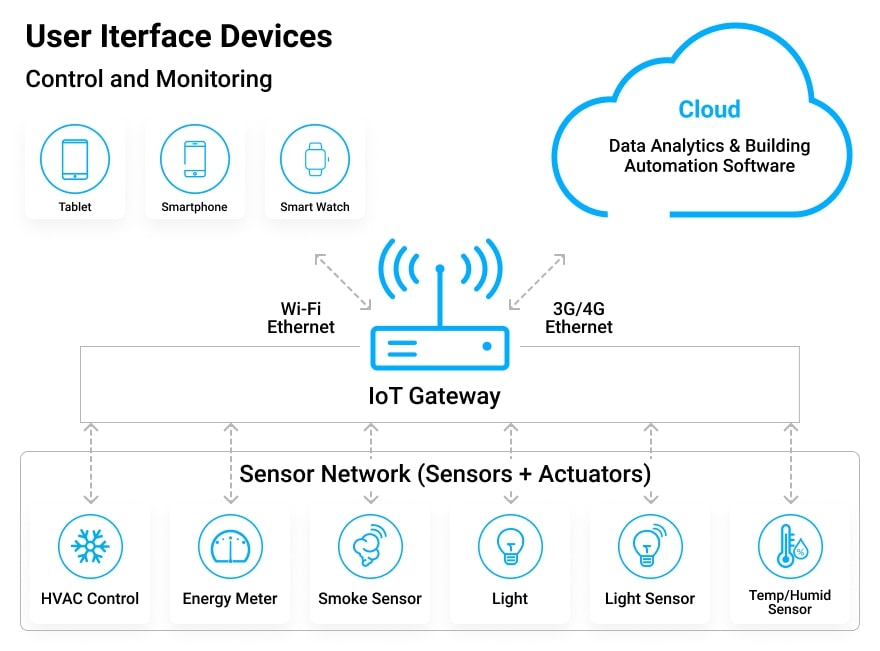Imagine associating a boiler to a coil in just a few simple steps. You have just assessed all your pumps and pipes and performed hundreds of calculations in seconds. Link to that system a VAX box and an air handler. And you have a powerful and extremely unique design tool. A software named hvac solutions takes you from the end of your building loads. From the edge of your HVAC design building loads to the last of HVAC design. Project by scheduling and selecting your equipment.
What is an HVAC Solution?
HVAC means heating, ventilation, and air conditioning. This system gives cooling and heating both in commercial and residential buildings. HVAC systems exist anywhere from single-family homes to submarines. Where they provide environmental alleviation. Becoming more well-known in new construction. These systems use fresh air from outdoors to give high indoor air quality.
In HVAC, the V or ventilation is the method of exchanging or replacing air within a space. This gives an amazing quality of air indoors and includes the removal of odors. Like smoke, moisture, dust, heat, carbon dioxide, airborne bacteria, and various gases. Also, oxygen replenishment and temperature control.
These airflow and hydronic items have to be carefully chosen and coordinated with one another. HVAC solution allows you to drag specific icons of these components and place them on the page. Then linked them with schematic pipelines. Every component has sizing data and performance that is maintained with the component.

Discover how the HVAC System Work
The three major functions of an HVAC are interconnected. Especially when giving acceptable thermal comfort and indoor air quality. Your air conditioning and heating system are usually one of the most complicated and large systems in your places. Yet, when it stops performing you’ll know immediately. There are 9 parts to your HVAC system that you need to be familiar with the air return, ducts, exhaust outlets. The outdoor unit, electrical elements, filter, coils, blower, and compressor.
- Air Return
- Your air return is the part of your system that states the starting point of the ventilation cycle. This return sip in the air draws it through a filter, then goes through into the principal system. Just a tip, you have to ensure to dust your returns always as debris. And dust can simply build up on your filters.
- Filter
- Your filter is the 2nd part of the air return wherein the air is drawn through. Always ensure to change your filters to maintain your system in tip-top shape.
- Exhaust Outlets
- Exhaust outlets are a different part of your system where the exhaust produced by the heating system is expelled. You can track your vent stack or chimney flue yearly and then tune it up if needed.
- Ducts
- Your ducts are the passage in which the cooled or heated air passes. It is better if you get your ducts cleaned every 2-5 years old to maintain everything in working condition.
- Electrical Elements
- This part of your system can be a bit delicate. Yet usually, problems begin here first. If something isn’t working correctly, you can check for dead batteries or tripped breakers in your thermostat.
- Outdoor Unit
- This is mostly the part of your system you remember when someone mentions an HVAC system. The outdoor unit houses the fan that offers airflow. Maintain your unit transparent of vegetation and debris since it can cause serious issues. Once plants are sucked into your fan.
- Compressor
- The compressor handles transforming refrigerant as a part of the outdoor unit. From gas to liquid and delivers it to the coils.
- Coils
- Mostly different parts of the outdoor unit coils cool the air. As it proceeds with some support from the refrigerant. You may like to check your filter if they freeze up and/or refrigerant levels.
- Blower
- The blower draws in cozy air across the main part of the unit.
While smart house system lets homeowners control thermostats, appliances, lights. And other devices remotely using a tablet or smartphone through an internet connection.







